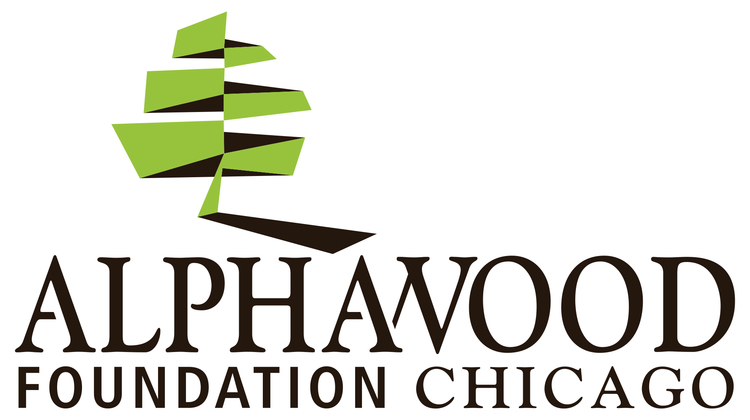There’s a lot to like about the 606 Trail, scheduled to open, yes, on Saturday, 6.06.
An initial plan for a long stretch of obsolete industrial infrastructure, the commercial railway known as the Bloomingdale Line, and dialogue between the City of Chicago and the Logan Square neighborhood—with the least green space per capita in the city—led to the founding of the Friends of the Bloomingdale Trail.
The vision and planning for what started out as the Bloomingdale Trail was a collaborative effort among community-based groups in Logan Square, Humboldt Park, Wicker Park and Bucktown, The Trust for Public Land, the City of Chicago and Chicago Park District. More than a decade in the making, The 606 Trail creates a 2.7-mile-long transportation system and public park between Ashland Avenue and North Ridgeway Avenue that will bring 80,000 Chicago residents within a ten-minute walk of accessible public green space.
The vision for the project fuses public art and design, history, an alternative transportation route and park land into a new hybrid public space for a city whose official motto is Urbs in horto and, unofficially, the City that Works. It’s urbanature: it’s beautiful, and it’s practical.
I had the chance to see The 606 in progress—and it was, indeed, still very much in progress—in April, on a tour organized by the Society of Architectural Historians during their annual conference. The tour leader, Jean Linsner, The Trust for Public Land’s Exelon Fellow for Education, brought us out on the Blue Line to Damen and Milwaukee—a ten-minute walk along Milwaukee Avenue to The 606. Donning hard hats and orange vests, we entered the site just east of where the new Milwaukee/Leavitt Park will serve as an access point to The 606.
I have to admit to a certain disappointment when we first climbed up the seventeen feet of bare earth to the construction site. “Is this it?” I thought. “A sidewalk in the sky?” Explanations were quickly provided—one of many reasons for taking a guided tour—by our construction guide, Rich Kinczyk, manager of design and construction for the project, who used to work as a Department of Transportation Commissioner for the City of Chicago. Concrete was the pavement material of choice because, though costly, it will last 100 years and require minimal maintenance—an important consideration given the proximity and density of plantings, which might easily be damaged by maintenance vehicles.
More details and backstory emerged during our walk toward the east end of the trail, at Ashland Avenue.
The original Bloomingdale Line was constructed in the late nineteenth century, at grade level through Chicago’s west-side, industrial, primarily new-immigrant neighborhoods. On average, one person was killed by a train every day—mostly children. In 1910, the city council passed an ordinance requiring the railroad company to elevate their tracks by 1913. According to urban legend, at some point neighborhood residents showed up with tools to rip up the tracks themselves. The rail system carried cargo from industries we recognize today, such as Schwinn bicycles, which were manufactured on Chicago’s West Side. As we trekked up Milwaukee to enter The 606, Linsner pointed out a handsome condo conversion that once housed the Ludwig Drum Factory. If you didn’t watch the Beatles’ US premiere on the “Ed Sullivan Show” in 1964, the branding of Ringo’s base drum is immortalized on YouTube.
Between Milwaukee and Ashland Avenues, and along most of The 606, the trail is fourteen feet across: ten feet for walkers and runners; four feet for cyclists. At expansion points, the trail opens up to, and in some cases connects with, existing areas for shady spots and picnicking, public art and text-based interpretation, groves and learning gardens, playgrounds and a wheel-friendly plaza, dog-friendly areas, and performance and event space. In addition to expansion of Walsh Park at Ashland Avenue, plans call for expansion points toward the western end of the trail system: at Julia De Burgos Park between Albany Avenue and Whipple Street, which will have a poetry garden and event venue; between North Lawndale and North Ridgeway Avenues, the location of the Western Trailhead Garden; and at Kimball Avenue.
